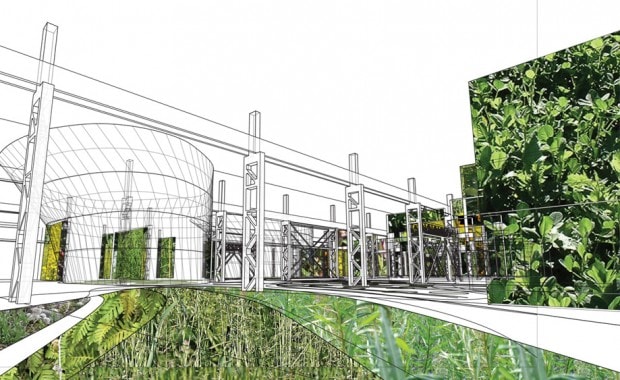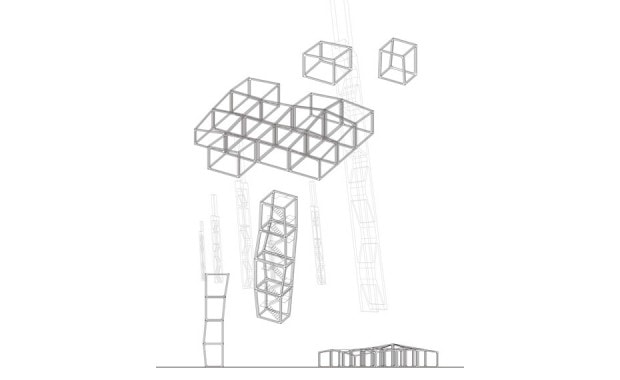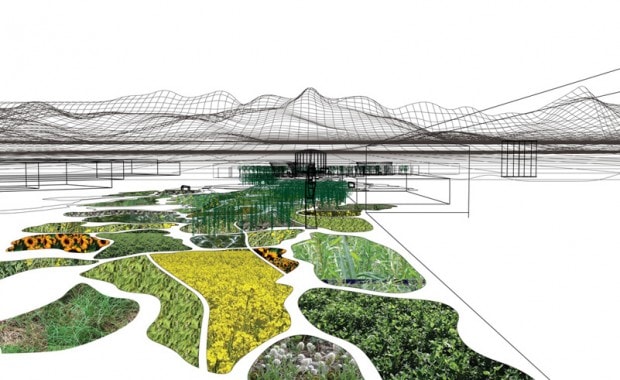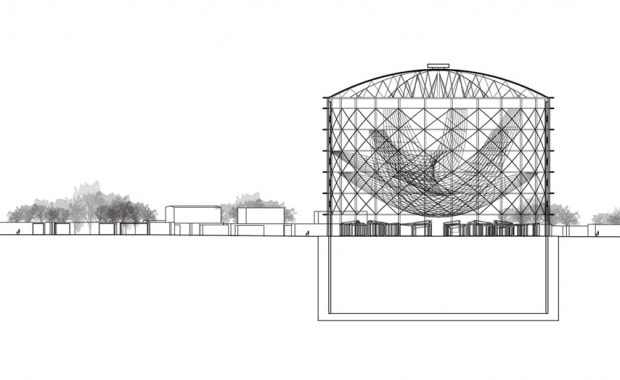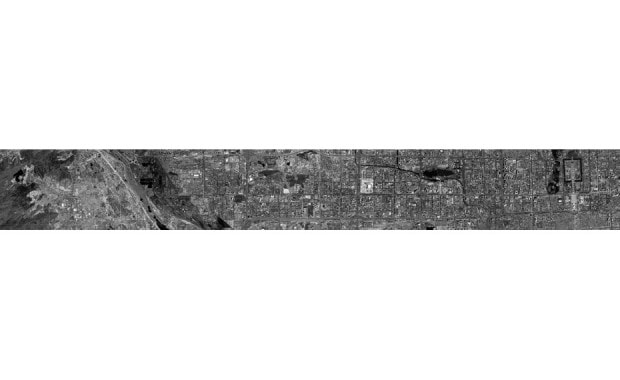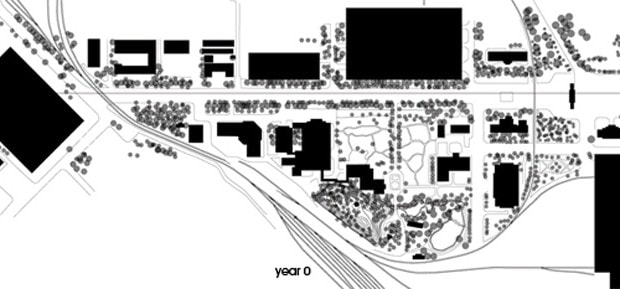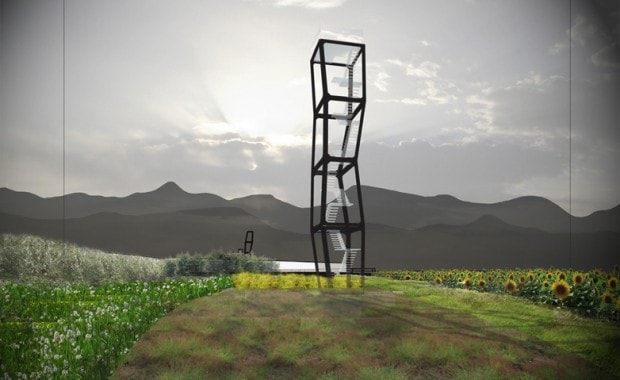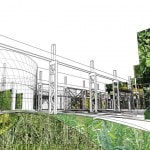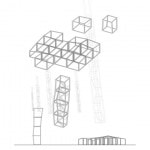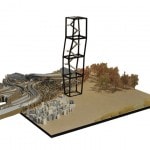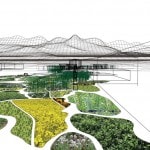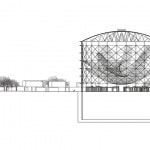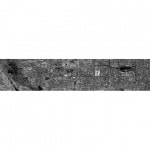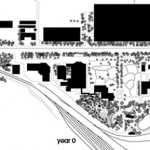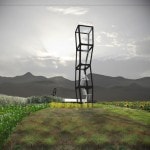Project: Line | Point | Field – Reimagining Shougang
Location: Beijing, China
Designer: Max Gerthel
Year: 2011
Program: Royal Danish Academy of Fine Arts, School of Architecture
Faculty Advisor: Niels Grønbæk
Project Description: A park that incorporates change
Beijing is a city of axes. Originally, the main axis in Beijing appeared not in the form of wide tree-line boulevards as in Paris, but as a cosmological system around which the city was organized. Throughout the 20th century, the traditional Buddhist north-south axis that once dominated Beijing lost its significance to the new economic east-west highway, Chang’an avenue, constructed by Mao in the 1950’s. Symbolic of China’s entry into the industrial age, the giant Shougang steelworks was placed at the avenue’s west terminus alongside one of Beijing’s major waterways, the Yongding River.
As we now are entering a new age of transition in China, the steelworks is being moved to the coast and the vast site and surrounding peri-urban landscape will soon lie vacant. This thesis project is a strategy for how to redevelop Shougang using the ancient logic of the axis – as an organizational tool rather than simply connecting dots with infrastructure. The area along the axis is transformed into a public park through a gradual process of reconfiguring the site and refurbishing its main industrial structures.
On the ground, a new layer of vegetation is created: Phytoremediating plants which extract heavy metals and pollution from the soil, rotated every year allowing new patterns in the landscape to emerge. The plants vary in height, colour and texture, creating a complex weave for the visitor to discover. In between the islands of green are pathways that allow slow movements through the mass.
Along the axis stand towers as points of orientation and viewing platforms. From there, the visitor can observe the transforming landscape and its relation with the cosmic space – the mountains, the Yongding river and the axis connecting it all with the rest of the city.
A number of existing structures are refurbished to accommodate the park’s functions: A large hall is transformed into a greenhouse becoming a multistory food production facility; A gas holder is opened up to become a space for food market, where the local community can meet and thrive on its new organic produce; The neighboring village is developed by allowing new residents to lease land and implementing building codes for controlled construction. Finally, the dried riverbed is preserved and carefully redesigned as a grass/marshland, a space left to nature to procure itself in its own pace.
| previous project | next project |
